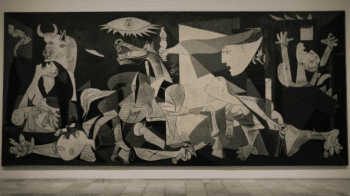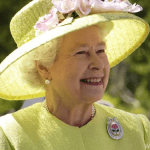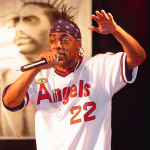Officials announced that, from the Prado museum to the Pompidou Centre and New York’s Met, the art world has rallied to stage “an unprecedented” 42 exhibitions marking 50 years since Pablo Picasso’s death.
Prepared over the past 18 months by France and Spain, the “Year of Picasso” initiative will involve “38 significant art institutions in Europe and the United States,” Spanish Culture Minister Miquel Iceta told reporters.
The aim is to “show off all the facets” of Picasso, said French Culture Minister Rima Abdul Malak, describing him as “the most famous and emblematic modern artist.” A series of talks about him and his work will also be held alongside the exhibition.
The celebrations will begin on September 23 at Madrid’s Mapfre Foundation with the exhibit “Pablo Picasso and the breaking down of sculpture.” They will run until April 2024, with the closing exhibition at the Petit Palais in Paris.
Although most events will occur in Spain, France, and the United States, others will happen in Germany, Switzerland, Romania, and Belgium. Among the institutions involved in the celebrations are the New York’s Metropolitan Museum of Art, Madrid’s Prado, the Guggenheim in Bilbao, the Pompidou Centre in Paris, and the Picasso museums in Barcelona and Paris. “We want to present Picasso exactly how he was” by highlighting his “artistic legacy” and the “permanence of his work,” the Spanish culture minister said.

Pablo Picasso was born on October 25, 1881, in Málaga, Spain. The son of an academic painter, José Ruiz Blasco, he began to draw at an early age. In 1895 the family moved to Barcelona, and Picasso studied there at La Lonja, the academy of fine arts.
His visit to Horta de Ebro from 1898 to 1899 and his association with the group at the café Els Quatre Gats in about 1899 were crucial to his early artistic development. Picasso’s first exhibition took place in Barcelona in 1900, and that fall, he went to Paris for the first of several stays during the early years of the century. Picasso settled in Paris in April 1904. His circle of friends soon included Guillaume Apollinaire, Max Jacob, Gertrude, and Leo Stein, as well as two dealers, Ambroise Vollard and Berthe Weill.
In 1932, with large exhibitions at the Galeries Georges Petit, Paris, and the Kunsthaus Zürich and the publication of the first volume of Christian Zervos’s catalogue raisonné, Picasso’s fame increased markedly.
By 1936 the Spanish Civil War had profoundly affected Picasso, the expression of which culminated in his painting Guernica (1937, Museo Nacional Centro de Arte Reina Sofía, Madrid). Picasso’s association with the Communist Party began in 1944. From the late 1940s, he lived in the south of France.
Among the enormous number of exhibitions held during the artist’s lifetime, those at the Museum of Modern Art, New York, in 1939 and the Musée des Arts Décoratifs, Paris, in 1955 were the most significant. In 1961 the artist married Jacqueline Roque, and they moved to Mougins. There Picasso continued his prolific work in painting, drawing, prints, ceramics, and sculpture until his death on April 8, 1973.


